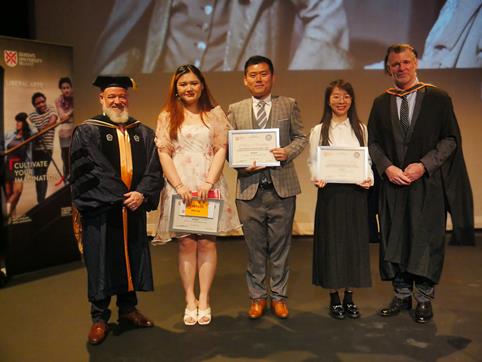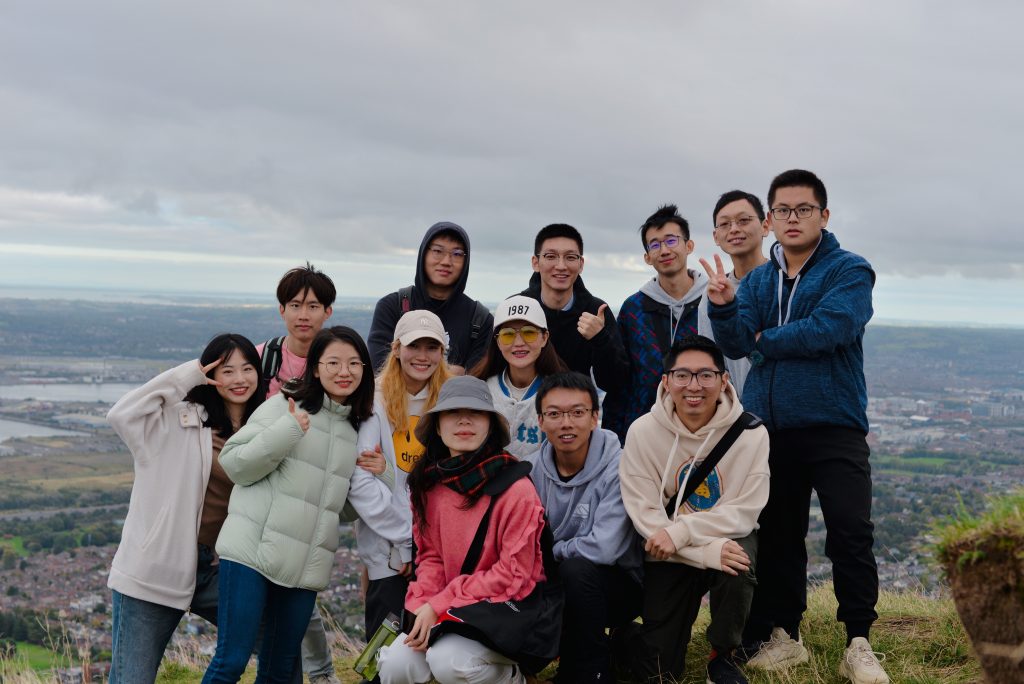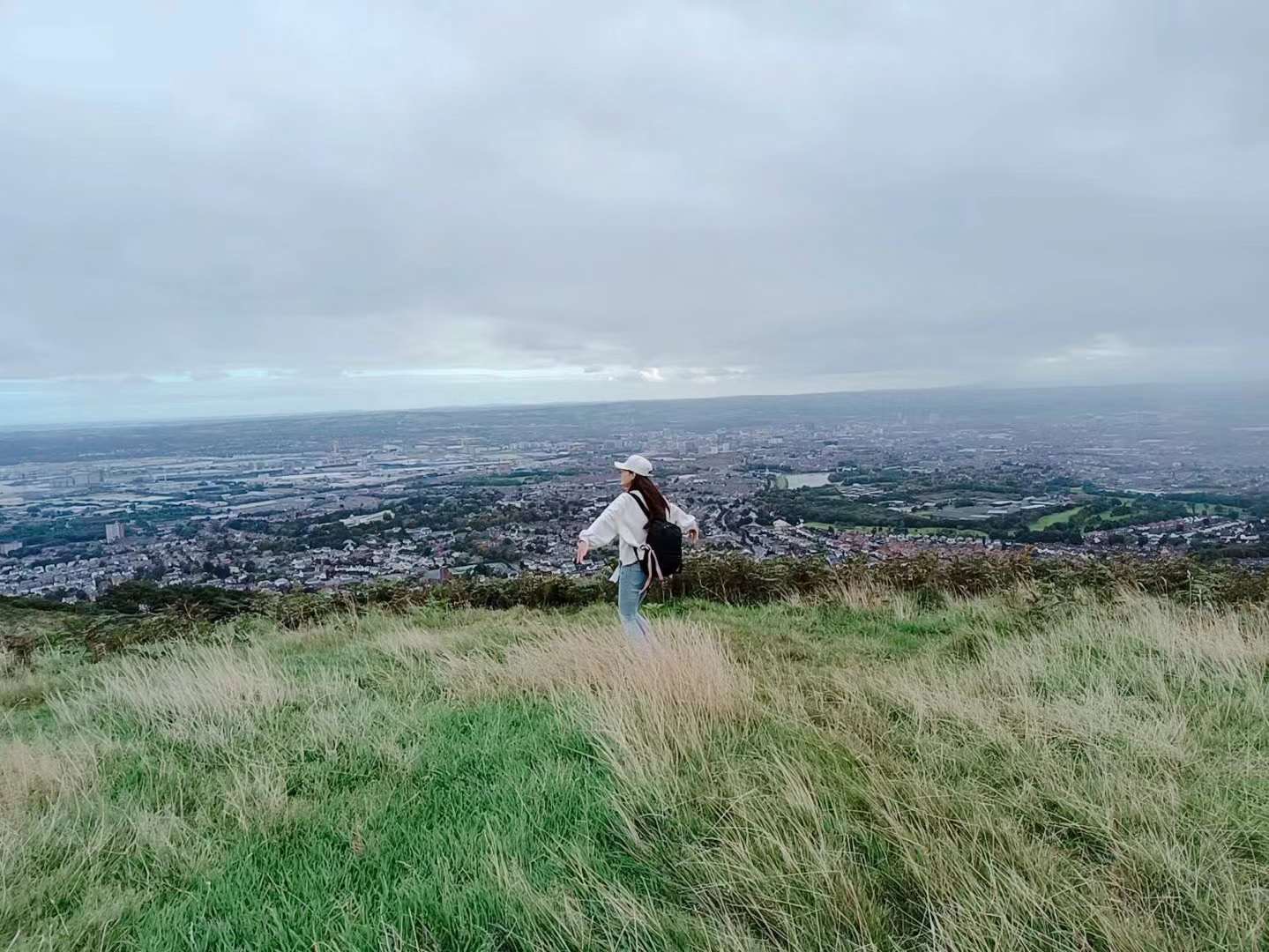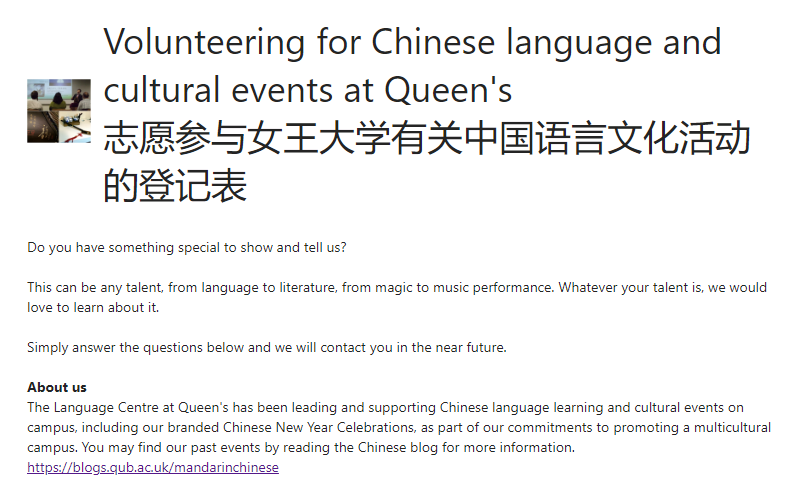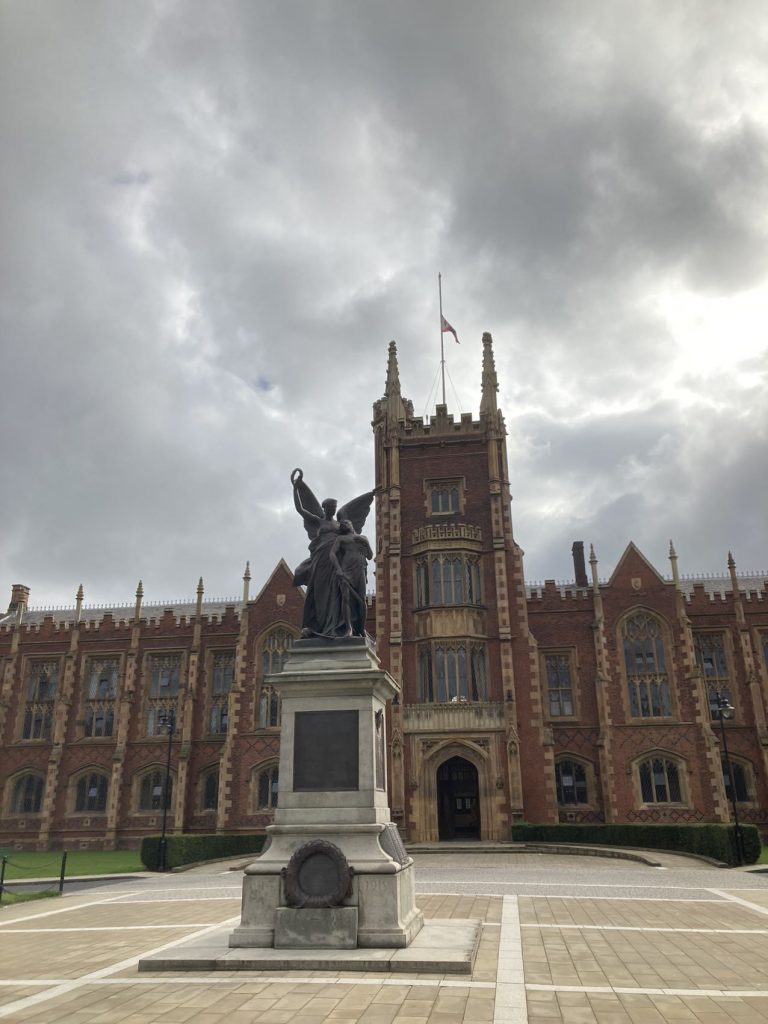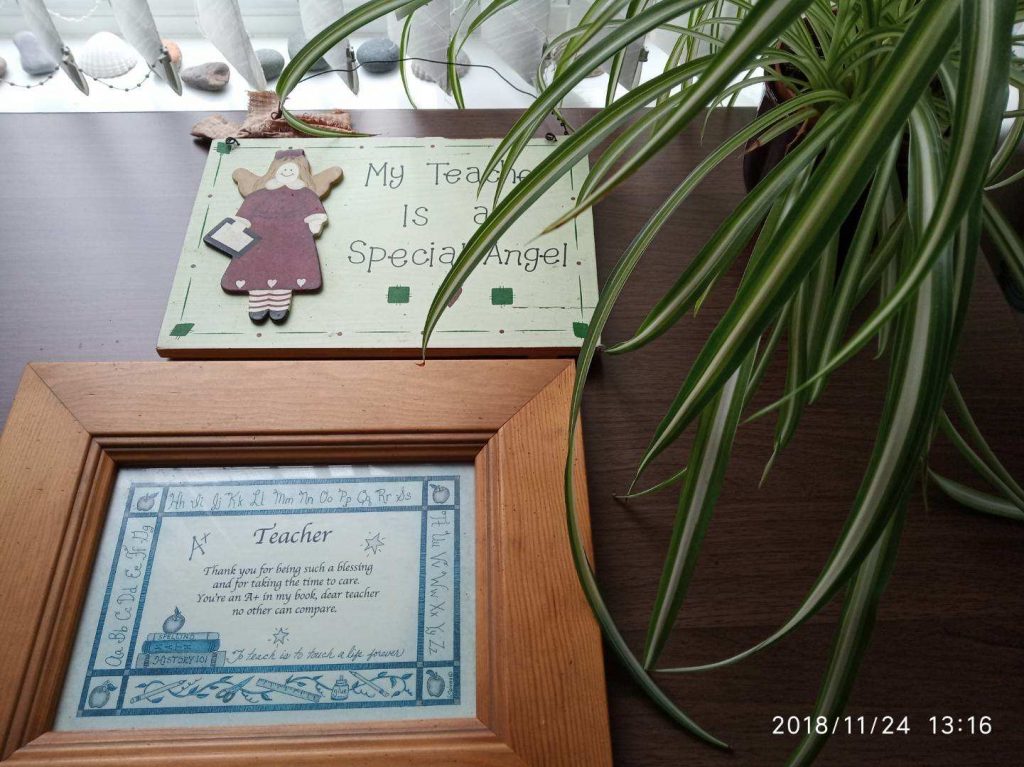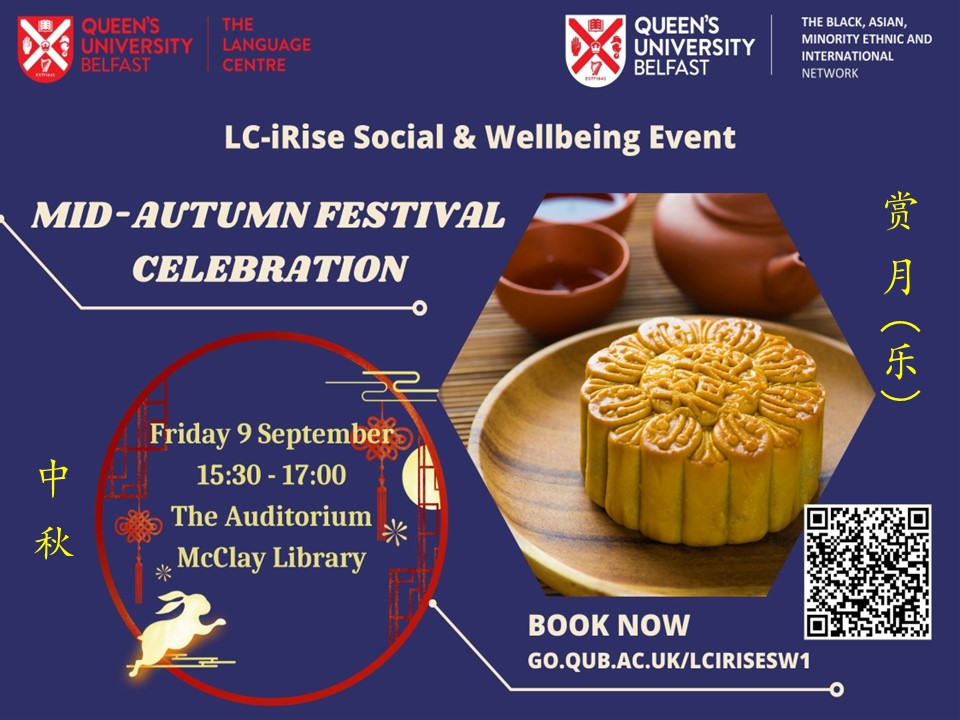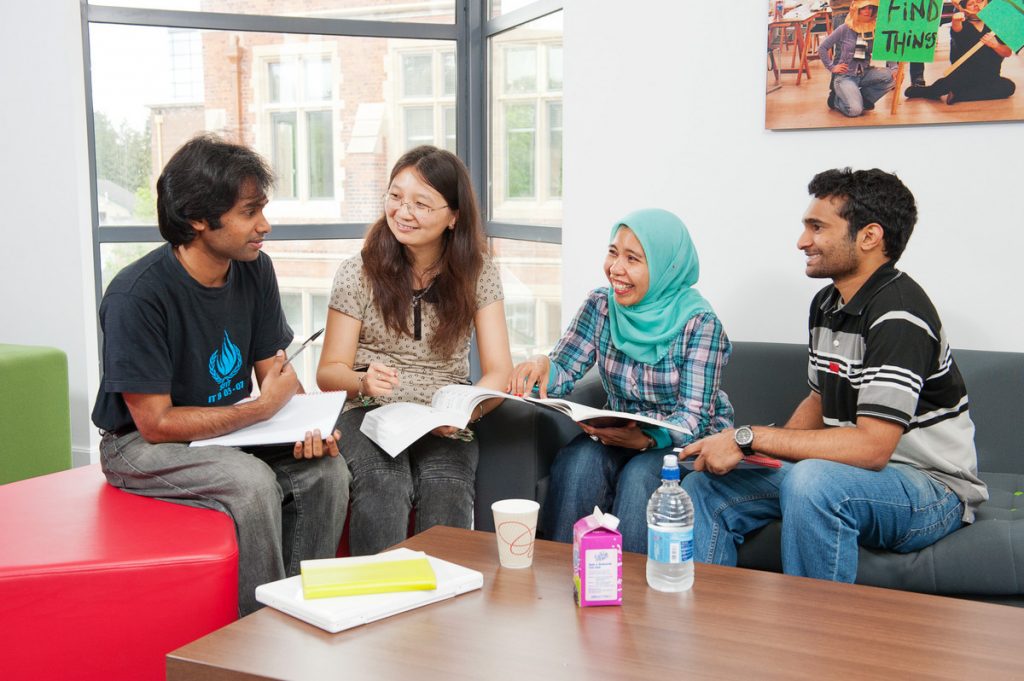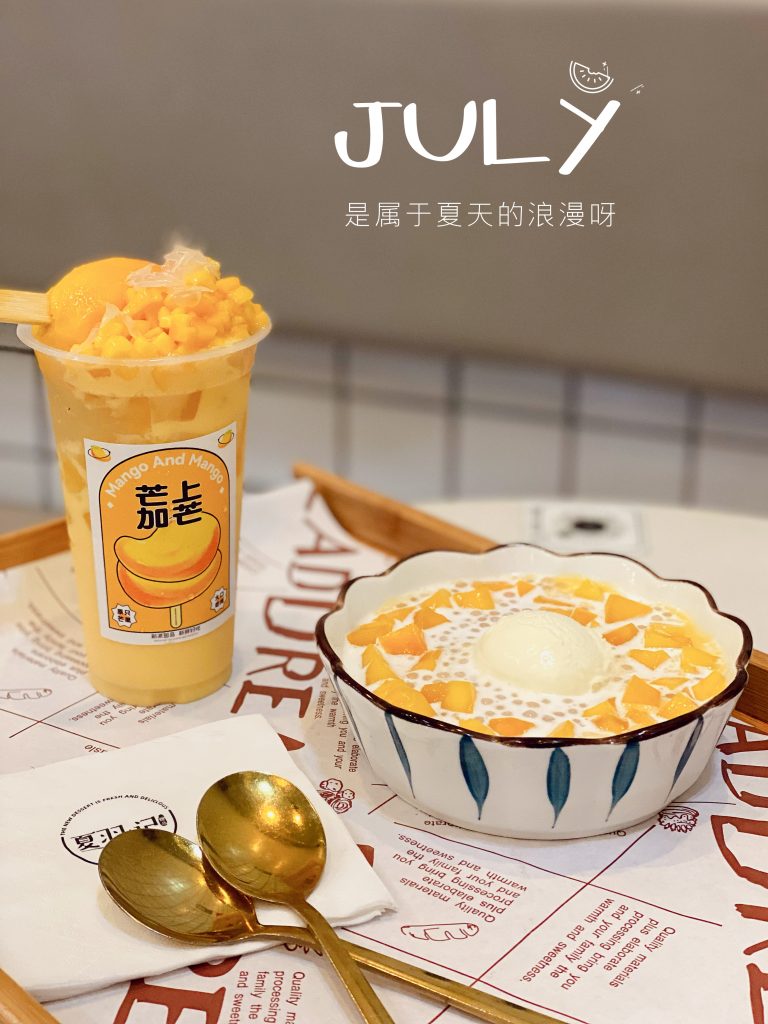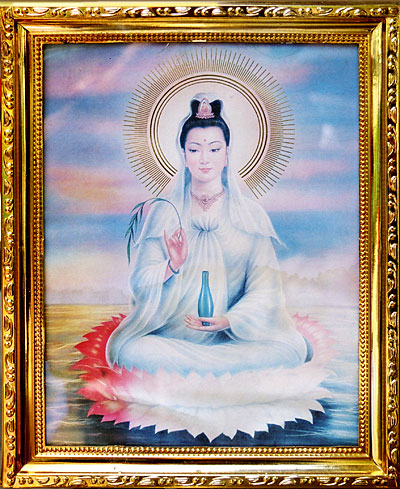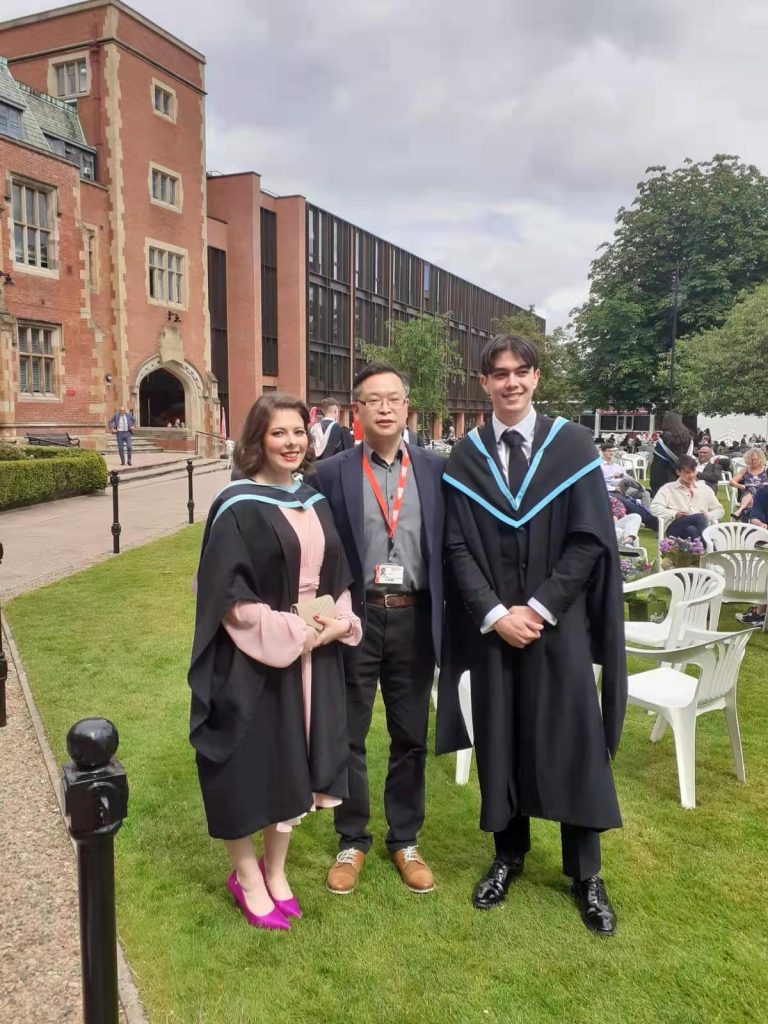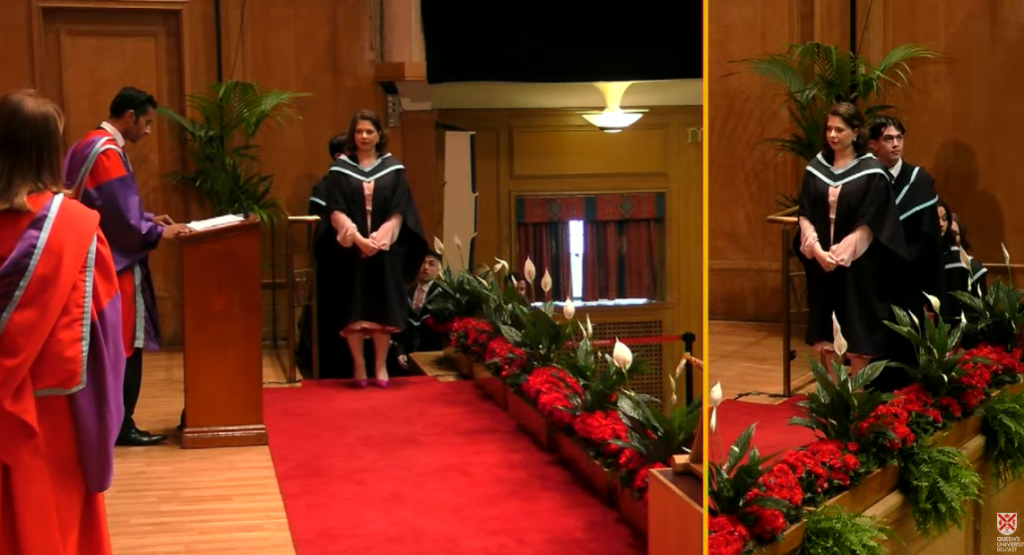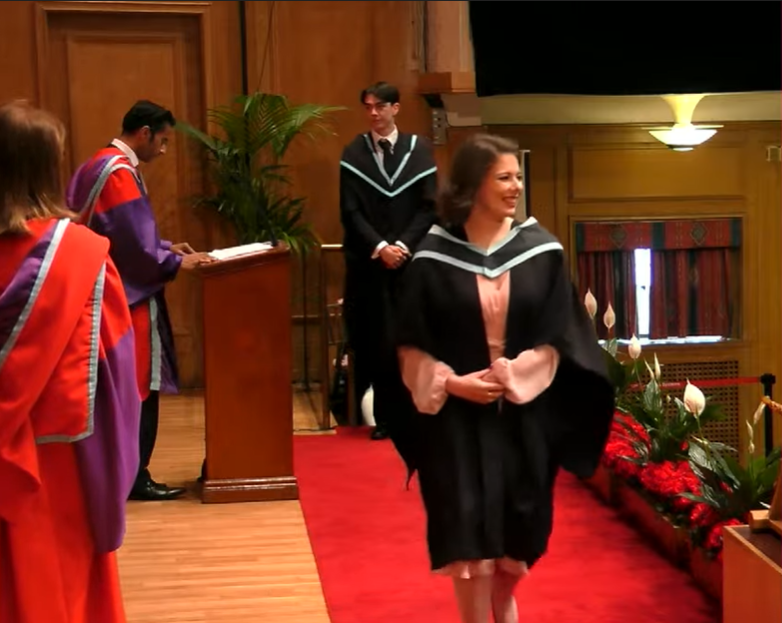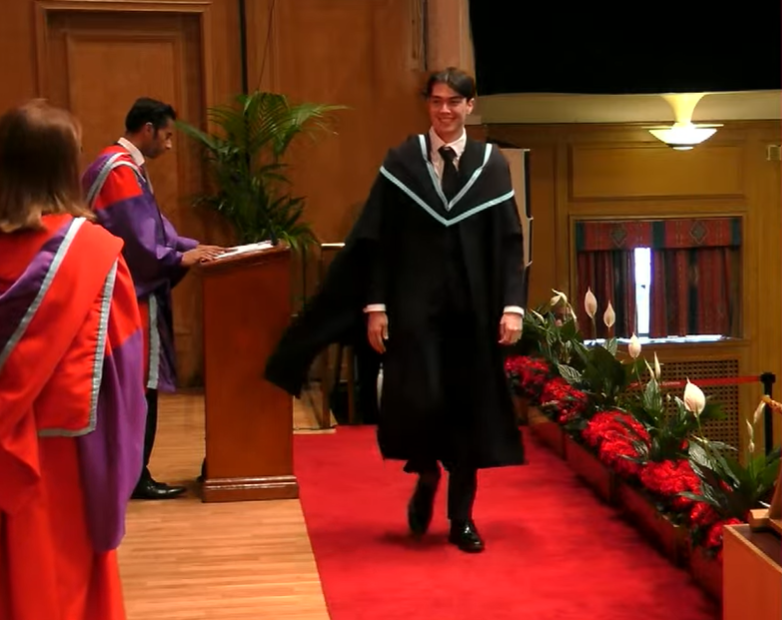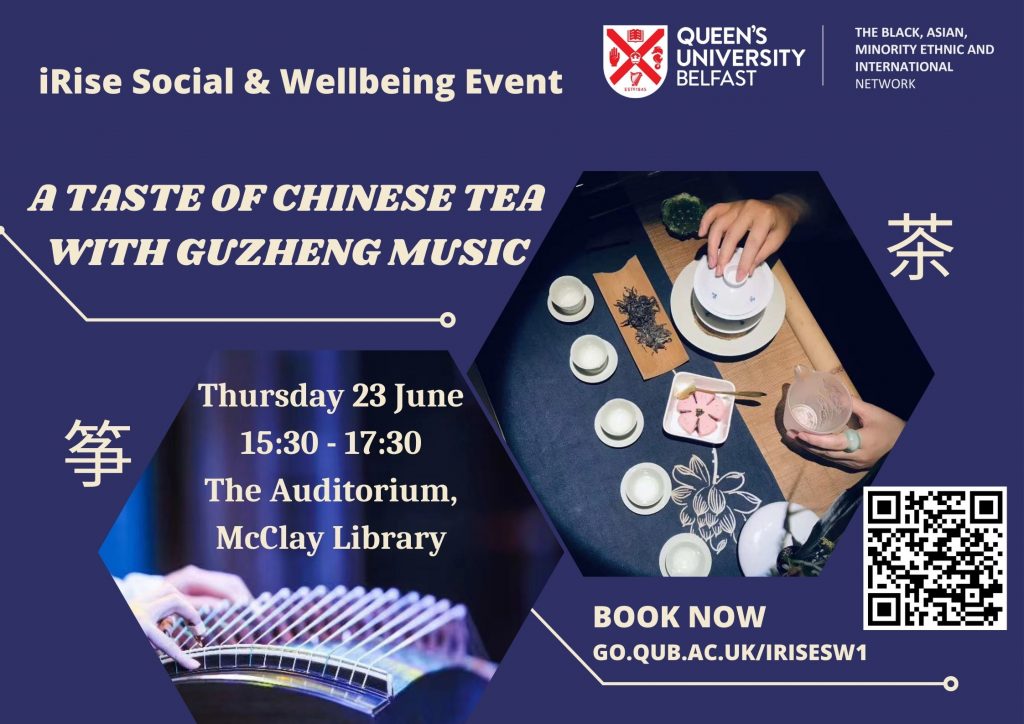Congratulations to the winners: Yilin CAO (曹意琳), Fangzhou YANG (杨方舟), Ya LI (李亚) for their Documentary ‘The Gift Tree‘!
About the prize


Anjool Maldé (Jools to his friends and colleagues) […] lived a short but rich life, […] who touched so many lives in special, endearing and enduring ways.
Anjool Maldé Award is as a legacy to Jools’ memory, the Anjool Maldé Memorial Trust (The AMMT) awards prize money to the UK’s brightest best to reward, inspire and celebrate outstanding talent.
Anjool Madle memorial trust
ANJOOL MALDÉ YOUNG JOURNALIST OF THE YEAR
Co-hosting the Anjool Maldé Young Journalist Award, Queen’s University Belfast has jointly hosted the award ceremony at Queen’s Film Theatre to three Chinese students – Yilin CAO, Fangzhou YANG, Ya LI – all from School of Arts, English and Languages, majoring in Media and Broadcast Production.
About the Documentary
The documentary, ‘The Gift Tree‘, tells the story of Belfast’s ‘One Million Trees‘ environmental programme against the backdrop of Net-Zero Carbon Belfast plan. We made this documentary with the hope that it can reflect the value of a Net-Zero Carbon city and the need to protect the environment, thus calling on everyone to contribute to environmental protection.
Yilin, Fangzhou and Ya
In retrospect, the winners felt proud of being able to participate in, and contribute to, the competition that Queen’s University is involved in as a co-host. They further explained:
At one point, we saw an advertisement for admissions at Queen’s University, reporting that a student had won the award. This news aroused our great interest in choosing Queen’s for this course. We were really really amazed at seeing our names written on the award certificate this year. To be honest, being international students, producing a documentary and winning the prize takes a lot more effort than any home students will do because of the language barrier and communication across cultures. We had to get to know the places as quickly as possible, find the right people for interviews and understand and select the stories that deserve to be told, which we hadn’t built up in our experiences before. We were really thrilled when we finished the documentary. We are delighted to have won the 2022 Anjool Maldé Journalism Award for our documentary, thanks to the hard work of the three of us and the guidance of our supervisors and teaching assistants.
As well as collaborating on this documentary, the three of us are also very good friends in life. Although we have shared expertise in film production, we have diverse areas of specialism, which has served us well in the making of the documentary. Together we completed the shooting plan and the subsequent editing of the entire documentary, including but not limited to on-site interviews, video shooting, drone shooting, video production, script editing, post-editing, music and sound effects production. This is our learning practice in MA Media and Broadcast Production at Queen’s University Belfast. The process of making this documentary enabled us to gain a wealth of practical experience in documentary production. The honour of receiving the Anjool Maldé Journalism Award is the best proof our efforts and a testament to the value of this work.
The Anjool Maldé Journalism Award means a lot to the three of us. It’s a recognition of our abilities and a huge motivation for us to continue with the industry of media production. Bearing this in mind, in the future we will shoulder responsibility as media workers and journalists and continue to explore valuable stories and express them in the best form of media.
Yilin, Fangzhou and Ya
Watch the Documentary
Thanks to Yilin, Fangzhou and Ya’s kind offer, we would like to share with you all the documentary ‘The Gift Tree’ for appreciation. If you have any thoughts, ideas, and comments regarding the producers and the documentary, please leave your message in the box below. We are happy to pass it on to the contributors.

